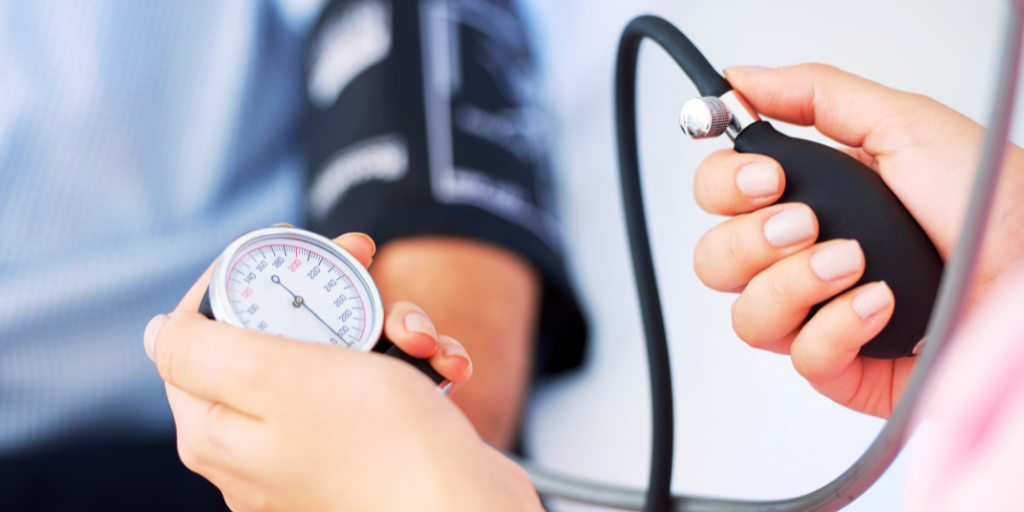
Have you ever wondered if your blood pressure readings are actually right? It turns out, a lot of the time, they might not be. Even when you’re at the doctor’s office, or if you’re checking at home, there are many small things that can mess up the numbers. Things like how you sit, what you’ve just eaten or drank, or even if you’re talking can make a big difference. Getting an accurate reading is super important for your health, so knowing how to do it right can help you avoid wrong diagnoses or unnecessary worry.
Why Most Blood Pressure Readings Are Wrong
It’s a bit surprising, but blood pressure is one of those vital signs that often gets measured incorrectly. You might think it’s a simple thing, but your body’s system for blood pressure is really sensitive. It reacts to all sorts of things, like stress, how you’re sitting, the temperature around you, and even just moving around. When that cuff squeezes your arm, it changes how blood flows for a bit. If you take another reading too soon, like within 30 seconds or a minute, your blood vessels haven’t had time to get back to normal. This can lead to a number that’s either too high or too low.
Key Takeaways
- Sensitivity: Your blood pressure reacts to small changes in stress, posture, and temperature.
- Quick Retakes: Taking readings too quickly can give you false numbers.
- Preparation Matters: What you do before a reading really affects the outcome.
Getting Ready for an Accurate Reading

Getting a good blood pressure reading starts even before you sit down. There are a few things you should definitely avoid to make sure your numbers are as accurate as possible.
- No Caffeine: Don’t drink coffee or other caffeinated drinks within 30 minutes of checking your blood pressure. Caffeine is a stimulant, and it can make your heart beat faster and tighten your blood vessels, which will push your blood pressure up.
- No Smoking: Just like caffeine, nicotine from smoking can make your arteries tighten and your heart race. So, avoid smoking before a reading.
- Light Meals: Try not to eat a big meal right before you measure. When you digest food, your body sends more blood to your stomach, and this can change your blood pressure.
- Stay Quiet: Don’t talk while you’re taking your blood pressure. Even a little chat can activate your nervous system, which temporarily raises your blood pressure. Just stay quiet and relax.
- Uncross Your Legs: Crossing your legs can squeeze your blood vessels, especially in your lower body. This can make your blood pressure reading higher than it really is.
- Empty Your Bladder: This one might seem odd, but a full bladder can actually stimulate your nervous system and increase your systolic pressure by a good amount, sometimes up to 20 points. So, use the restroom first.
The Right Way to Sit and Measure
Once you’ve taken care of the pre-reading steps, how you actually sit and take the measurement is just as important. Here’s how to do it right:
- Sit Quietly: Before you even put on the cuff, sit quietly for at least five minutes. No scrolling on your phone, no distractions. Just let your body settle down.
- Consistent Timing: For the most consistent tracking, try to take your blood pressure at the same time every day. The morning, before you eat or take any medications, is often a good time.
- Proper Posture: Sit in a chair with your back supported. Your feet should be flat on the floor, and your legs should be uncrossed.
- Arm at Heart Level: This is a big one. Your arm needs to be resting at the same level as your heart. You might need to use a table or even some pillows to get it just right.
- Bare Skin: Always put the blood pressure cuff directly on your bare skin. Don’t roll up a tight sleeve over the cuff, as this can create pressure points and give you a wrong reading.
- Correct Cuff Size: Use a digital monitor that’s been checked for accuracy, and make sure the cuff fits you properly. If the cuff is too small, your reading will be too high. If it’s too big, it might be too low.
- Cuff Placement: The cuff should be placed about one inch above the crease of your elbow, right in the middle.
- No Movement or Talking: Once you start the machine, stay still and don’t talk until the reading is complete.
- Multiple Readings: After the first reading, wait one to two minutes (preferably two minutes) and then take a second reading. If the first two readings are more than five millimeters of mercury apart, take a third reading and then average the last two. This will give you the most consistent number.
Why This Matters
Getting accurate blood pressure readings is not just about numbers; it’s about your health. Inaccurate readings can lead to a lot of unnecessary worry, or even worse, getting prescribed medications you don’t really need. Blood pressure is always changing based on things like stress, how you’re standing, how much water you’ve had, and even your breathing. But by making these small adjustments to how you measure, you can get a much clearer picture of what’s truly going on inside your body.
Whether you’re dealing with high blood pressure, just keeping an eye on your health, or trying to avoid future problems, how you measure your blood pressure is just as important as the number itself. Take the extra time, follow these steps, and let your body show you its real numbers without any interference. It’s about taking control and understanding your health better.

